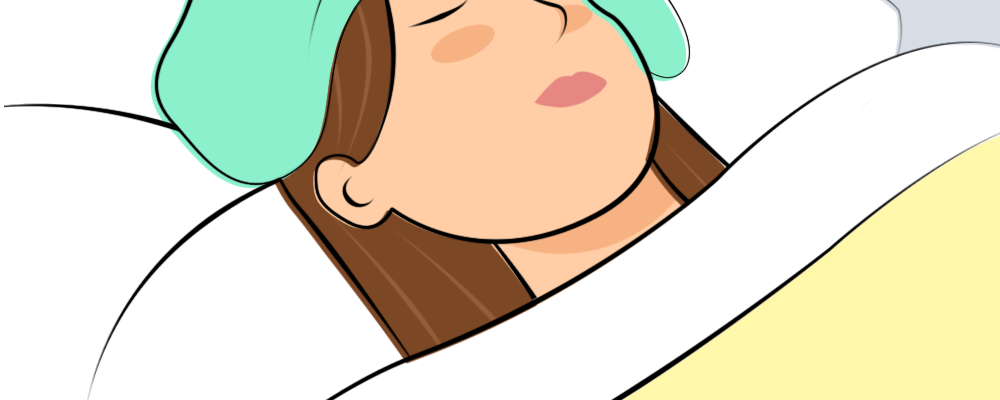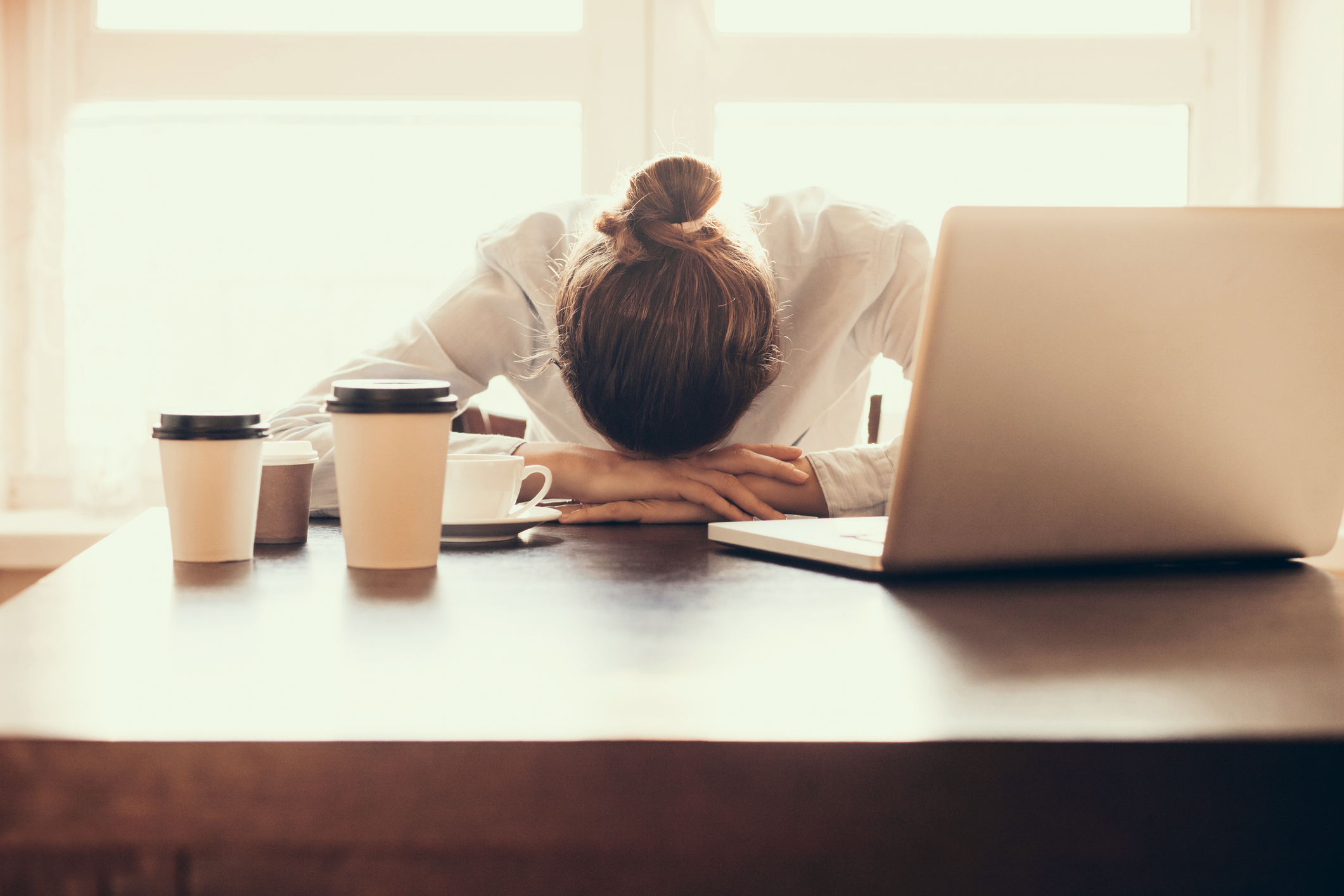Migraine is a disease of the nervous system that strikes as attacks of strong headache, often with nausea and hypersensitivity to light and sound.
Cases of migraine have been reported as far back as 3500 years ago, and the disease may have existed as long as the human race. It is the most common disease of the nervous system, and affects as many as 14.7% of the world’s population – over one billion people. If every migraine patient stood side by side on a line, the line would circle the earth over 12 times! As you are reading this sentence, hundreds of thousands of people worldwide are having a migraine attack.

Life as a migraine patient can be very challenging, not only because of the actual attacks, but also because of the stress of living under the threat of an attack striking out of the blue. This can often make it seem that your migraines are in charge of your life instead of you. This can be both very frustrating and depressing, and adds to the stress that migraines can cause by limiting your participation at school or work, and by preventing you from spending time with friends and family.
Is my headache a migraine?
Migraines are very different from person to person, and even from attack to attack in the same person. Attacks may last from a couple of hours to several days, and can vary a lot in severity.
However, it is important to understand that a migraine is something different and more than “just” a headache. Most common headaches are so-called “tension headaches” which are caused by muscle tensions in the face and neck. A migraine headache can be told apart from a tension headache because:
- The headache is much stronger and feels throbbing or pounding
- The headache is accompanied by other symptoms, often nausea, light/sound sensitivity and loss of energy
- Migraine attacks are much more disabling than tension headaches, and many migraine patients will not be able to do anything besides lie in bed
You can test whether it is likely that you have migraine by answering the Migraine I-D test.
The two most common types of migraine are migraine without aura, and migraine with aura. The most obvious difference is that migraine with aura attacks are preceded by characteristic symptoms known as the migraine aura. These symptoms appear between five and 60 minutes before the headache and include bright or blind spots in the field of view, tunnel vision or seeing zig-zag lines, a pins-and-needles feeling in your fingers, arms or face, or problems finding the right words when talking.

Some patients have both attacks with and without aura.
Both Migraine without Aura and Migraine with Aura are often preceded by other so-called premonitory symptoms that indicate that an attack is coming, often several hours or even days before the actual attack. These symptoms include excessive tiredness, difficulty concentrating, mood and appetite changes, having a stiff neck, and many others that are specific to the individual. Learning to recognize these warning signs can be very helpful for the purpose of timing drugs and other treatments.
What causes a migraine attack?

However, many attacks cannot be pin-pointed to one specific trigger, and may be caused by many different triggers working together.
What happens in the brain during a migraine attack?
Up until around 1990, very little was known about what happens in the brain during a migraine attack. However, research using modern measurement and imaging techniques have gradually revealed the mechanisms that trigger attacks and cause migraine symptoms. The chemical and electrical balance in the brain is changed very dramatically during a migraine attack, and it can take the body a long time to normalize this balance and return to a pain-free state. It is not surprising that most patients feel drained of energy and “foggy” in their head for many hours after an attack.
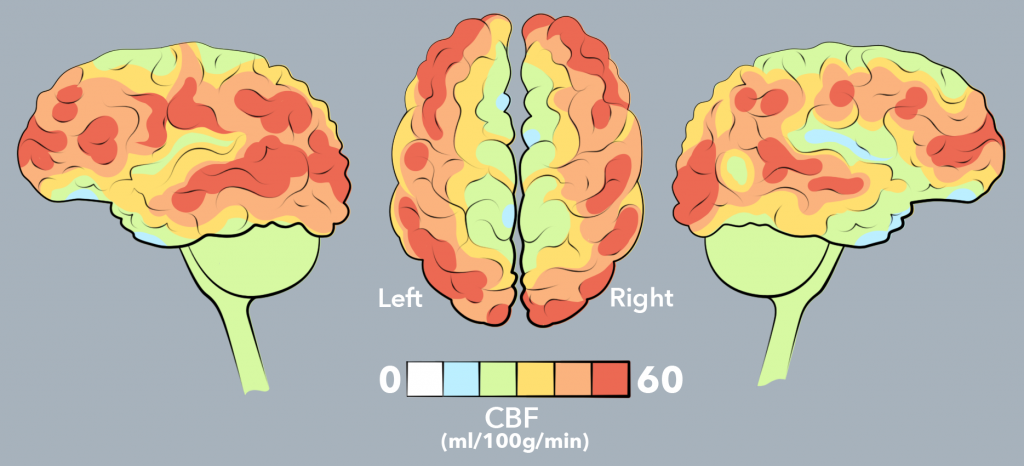
Who gets migraine?
Migraine often (but far from always) runs in families, so genes seem to play a role for whether a not a person will suffer from migraines. Migraine is equally common in boys and girls, but after the age of puberty migraine becomes more common in girls and women than in men – a sign that hormones likely play a role for migraine as well. For women, migraine is often worst during the thirties and forties whereas for men the frequency of attacks is more constant through life.
An average migraine patient has an attack about once a month, but this varies a lot from person to person: whereas some lucky people will only have one or two attacks during their entire lifetime, many patients have one or more attack per week. Patients that have headache on 15 or more days per month, of which at least eight are migraine-like, are said to have chronic migraine, a very serious and disabling condition. Overuse of headache drugs is a major cause of the common type of chronic migraine known as medication overuse headache (MOH) in which the patient has headache every day. In MOH, a vicious circle has developed in which the drugs have made the headaches chronic, but the patient’s symptoms get worse when he or she stops taking the drugs. In those cases, it may be necessary to get professional help to break the cycle and wean off the drugs for up to 12 weeks, until the brain can normalize itself.

Treating migraine attacks
Though there is no cure for migraine, many patients experience that their attacks get less frequent and severe as they get older. Many migraine sufferers also gradually learn how best to treat their own migraines, as well as how to – to a greater or lesser extent – recognize and avoid their specific migraine triggers. Even so, migraine attacks are rarely prevented completely and can be just as disabling when they occur.
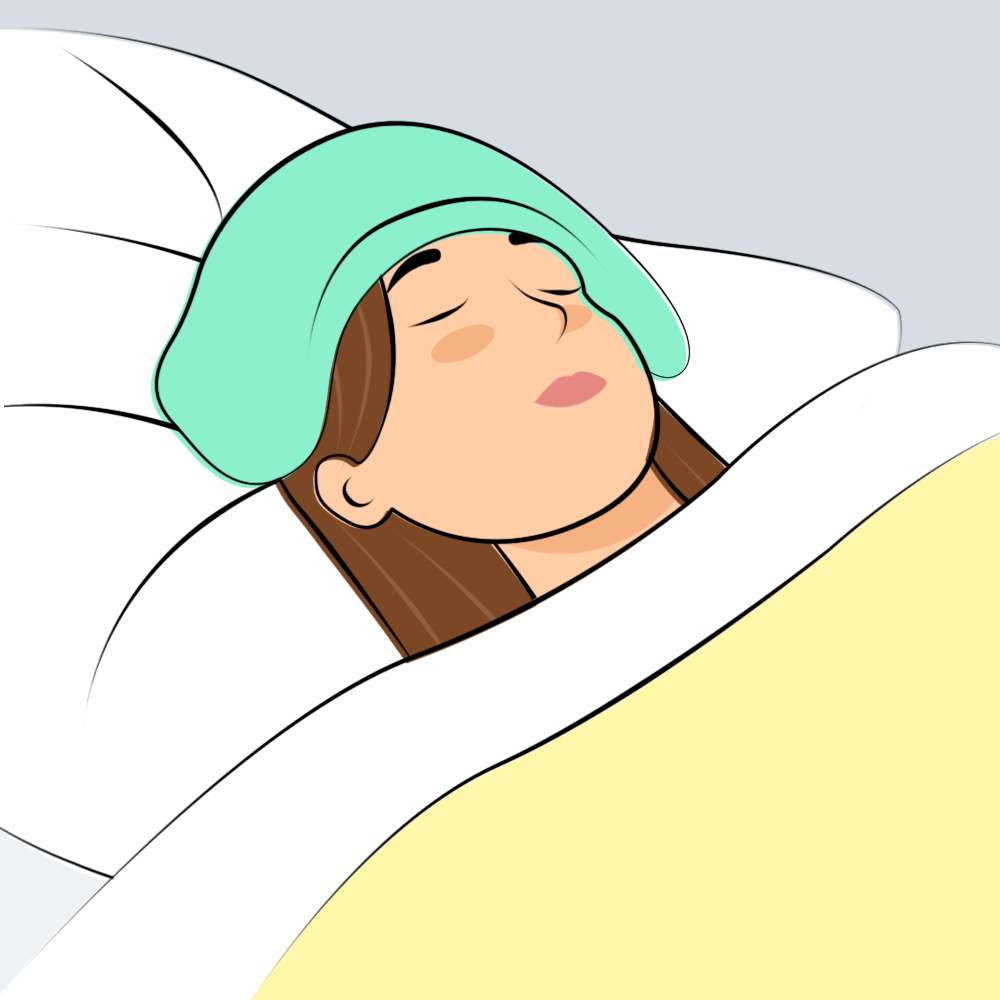
Most migraine patients having an attack prefer to be in a dark, quiet and preferably cool room, if possible sleeping. Apart from that, the optimal treatment is very different from person to person, and may take many trial-and-error attempts to find.
Medications for migraine include three major types:
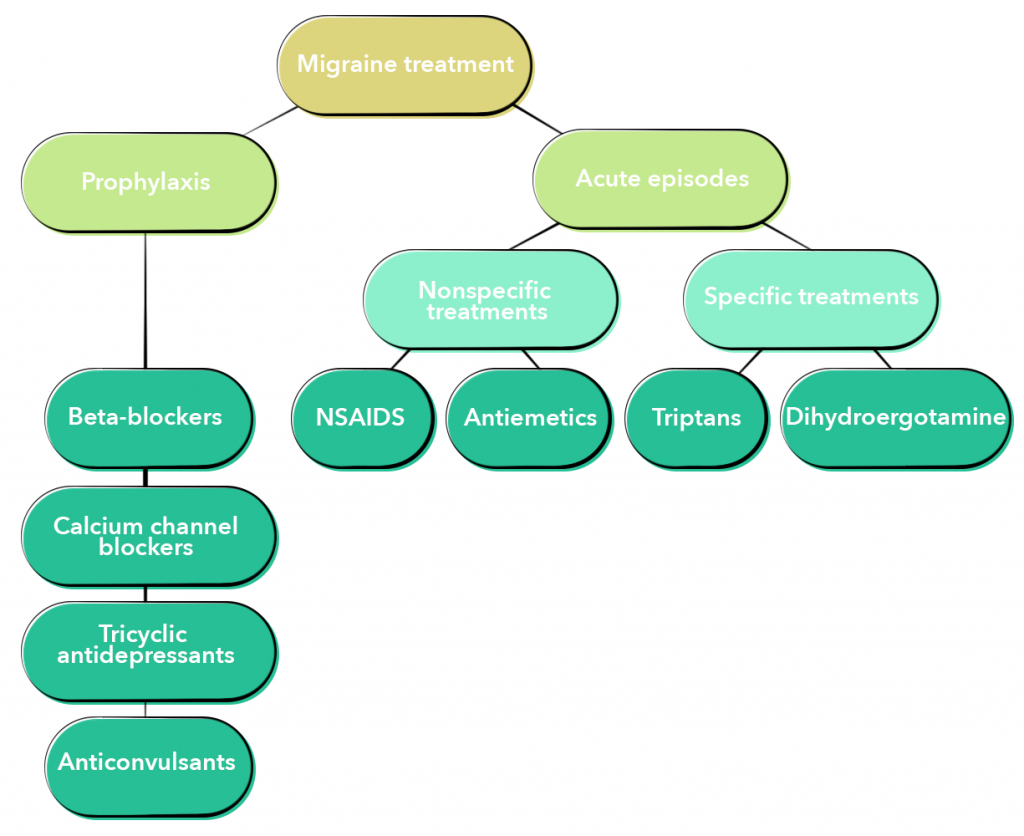
- Over-the-counter painkillers, such as aspirin, ibuprofen and paracetamol. These drugs are generally inexpensive and can sometimes be effective in lessening the migraine headache, especially if the pain is mild or moderate. Unfortunately, they generally do not treat the non-headache migraine symptoms. Some drugs combine these painkillers with caffeine, which has been shown to boost the treatment effect in some migraine patients.
- Triptans. This is a class of drugs that end in “-triptan” (e.g. sumatriptan, rizatriptan etc.). These drugs were introduced in the 1990’ies and are generally more effective than over-the-counter drugs, though more expensive. Even though many patients have a good effect of triptans, they can cause problematic side effects and should not be used by patients with heart disease, high blood pressure, in treatment with anti-depressants, or by children, pregnant or breastfeeding women. It is also important to correctly time the use of triptans: the drug should be taken early in attacks to have the best effect, but must not be taken too often because of the risk of heart problems. That can put patients in a dilemma: either treating at the first possible sign of a coming attack (thereby running the risk of taking too many triptans), or waiting until it is certain that an attack is coming (thereby running the risk of treating too late).
- Preventive drugs. For some people preventive drugs may help reduce the frequency of attacks. Because of their cost and the risk of side effects, preventive drugs are in general only used for patients who have very frequent and/or severe migraines, or who do not have effect of over-the-counter painkillers or triptans. The preventive drugs used for migraine have generally been developed for others uses, such as epilepsy, high blood pressure or depression, and it is not clear why they sometimes work in migraine.
Many alternative or complimentary treatments are used with the aim of treating or preventing migraine, though far from all of them have hard evidence behind them. Some of the most effective ones are based on biofeedback and stress-reducing techniques. Patients that have low levels of magnesium, vitamin B12 or co-enzyme Q10, may get an improvement in their migraines when they start taking the relevant supplement to their diet.
In general, effective migraine prevention and treatment relies on maintaining the brain’s normal balanced state, by avoiding triggers and by quickly restoring balance when it is disturbed. The quicker this balance is regained, the higher the likelihood that an attack can controlled, lessened or wholly prevented.
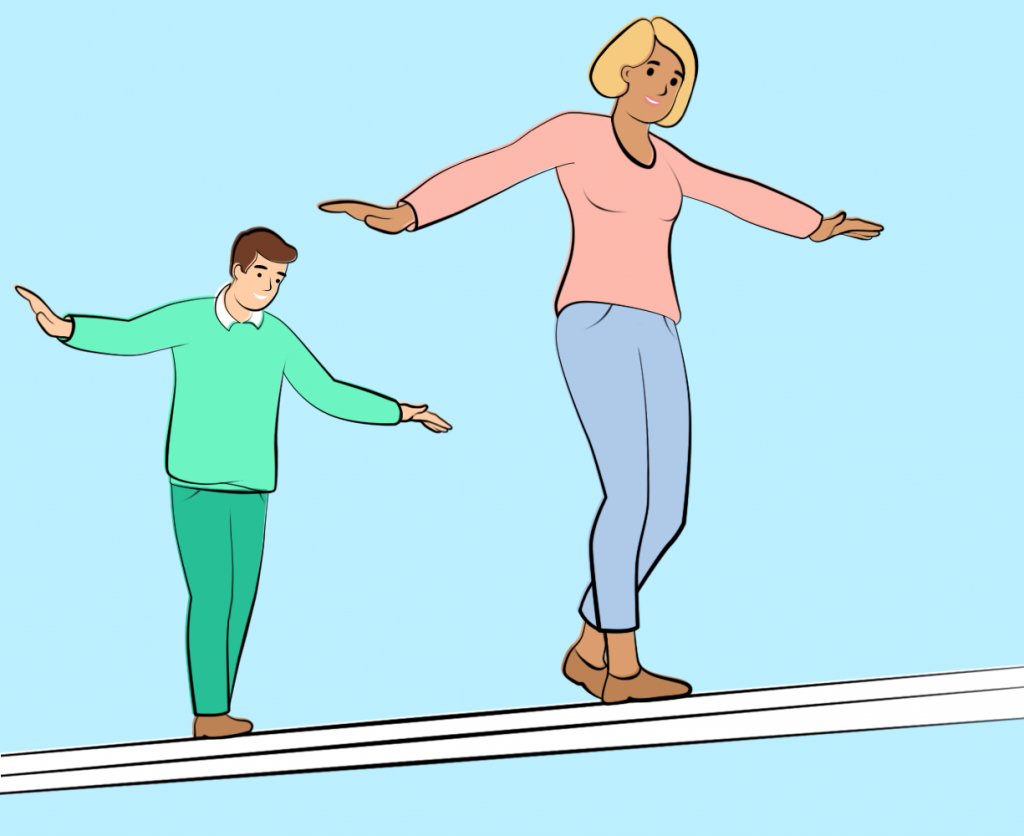
Summing up
- Migraine is a very common disease worldwide
- A migraine attack is not just a headache
- Migraine attacks overturn the brain’s normal chemical balance
- Overuse of headache drugs may lead to chronic migraine
- Migraine is normally treated with rest, triptans and/or over-the-counter painkillers
